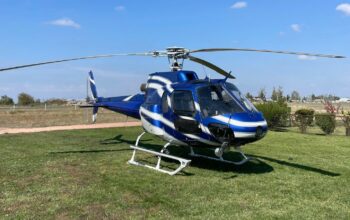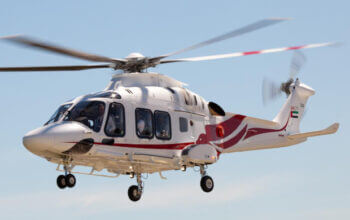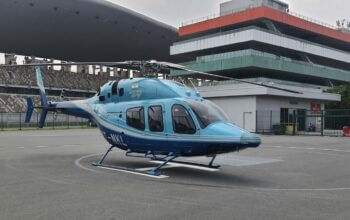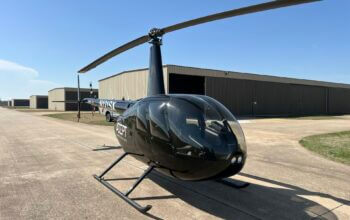Estimated reading time 3 minutes, 4 seconds.
Virgin Atlantic successfully completed the first-ever 100 per cent sustainable aviation fuel (SAF)-fueled transatlantic flight from London to New York on Nov. 28. The milestone flight was operated by a widebody Boeing 787 Dreamliner, powered by Rolls-Royce Trent 1000 engines.
Rolls-Royce in early November also announced all of its in-production engines for long-haul and business jets are compatible with 100 per cent SAF usage.
According to DBRS Morningstar, the successful Transatlantic flight marks a major step forward in the industry’s goal to increase SAF usage to 10 per cent by 2030 and achieve net-zero emissions by 2050.
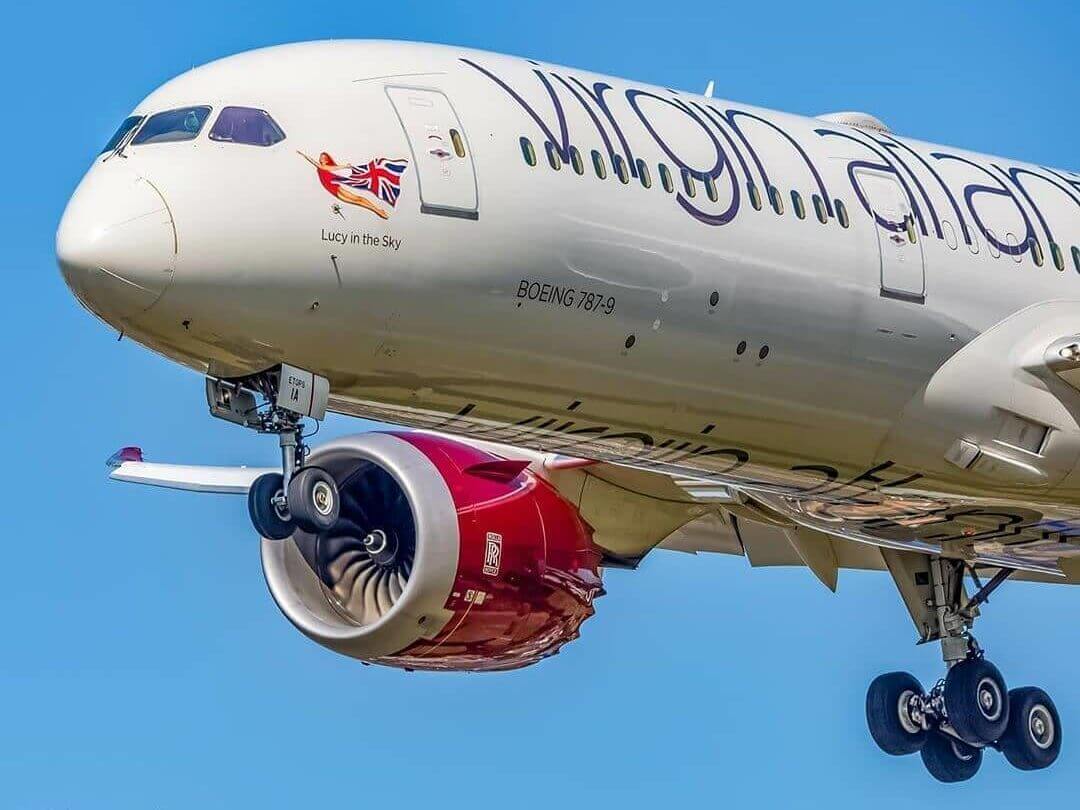
The global credit rating agency says the milestone flight is anticipated to have two major impacts. First, it could pave the way for an increase in the SAF blend from the current regulatory maximum of 50 per cent to a potential 100 per cent, “which would increase the scope of emissions reduction and affirm strong potential demand for SAF,” the agency said. Second, it could spare airlines from additional investments needed to upgrade their fleets, which would have been essential to significantly increase SAF usage.
While the achievement is noteworthy, DBRS warns that challenges remain on the path to widespread SAF adoption. Today, SAF accounts for less than 0.1 per cent of total fuel used by the industry. The cost of producing SAF is currently higher than conventional kerosene-based jet fuel, ranging from two to nine times more expensive. As fuel costs represent a substantial portion of airlines’ operating expenses, reducing the cost of SAF is crucial for enabling broader adoption without negatively impacting ticket prices or airlines’ profit margins.
Another obstacle is the significant ramp-up in investment and production required to meet the 2030 SAF targets. The International Air Transport Association projects a global SAF demand of 23 billion litres by 2030, a substantial increase from the 300 million litres produced in 2022. Fuel infrastructure upgrades — which require time and investment — to accommodate 100 per cent SAF may also be necessary.
DBRS Morningstar also highlighted the fact that “regulators are likely to play a key role in determining the pace and cost of decarbonization.”

